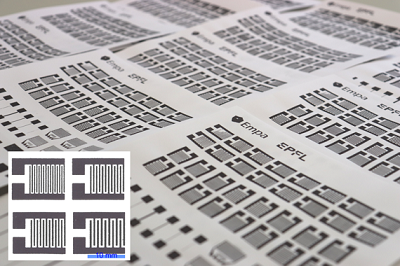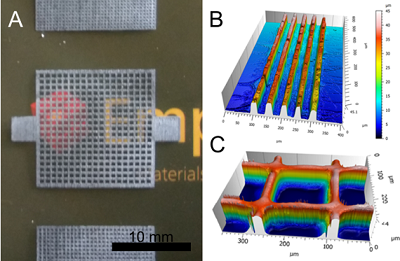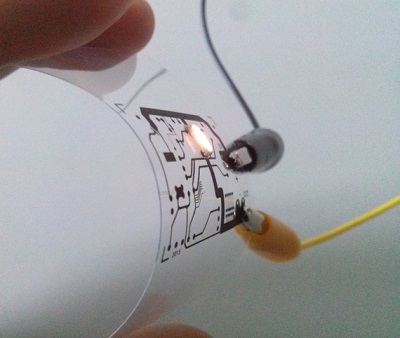Screen

Screen Printing
Screen printing is a very versatile printing technique for different applications. A fine mesh is used to transfer the ink onto the substrate. To print structures, the mesh has impermeable and permeable areas, where the ink is either blocked or not.
Schematic of the screen printing process Screen print unit on the C600
Key features
- Stencil is information carrier and screen
- Small features and large areas are possible
- Versatile process
- Usually high viscousity inks are used
- Many different substrates possible
- Printing on different geometrical objects possible
- Web speed < 100 m/min
- Resolution ≤ 130 dpi, ≥ 25μm
- Film thickness: 0.5 – 100 μm
Functional inks
Screen printing inks are usually high viscous liquids or pastes. This is an advantageous feature for functional inks, because the fraction of functional material in the ink (e.g. silver particles) can be very high. So the amount of functional material within the printed structure is also high, which yields a good performance (e.g. high conductivity). Compared to other printing techniques the film thickness of screen printed layers is much higher.

Screen-printed interdigitated finger electrodes for micro supercaps made from Mxene Sediments ink
Link to https://doi.org/10.1002/adma.202000716

Screen-printed high aspect ratio structures from A) graphene and B), C) from polymeric material

Circuit with a glue-bonded SMD-LED to prove conductivity of the screen printed carbon ink
-
Share
